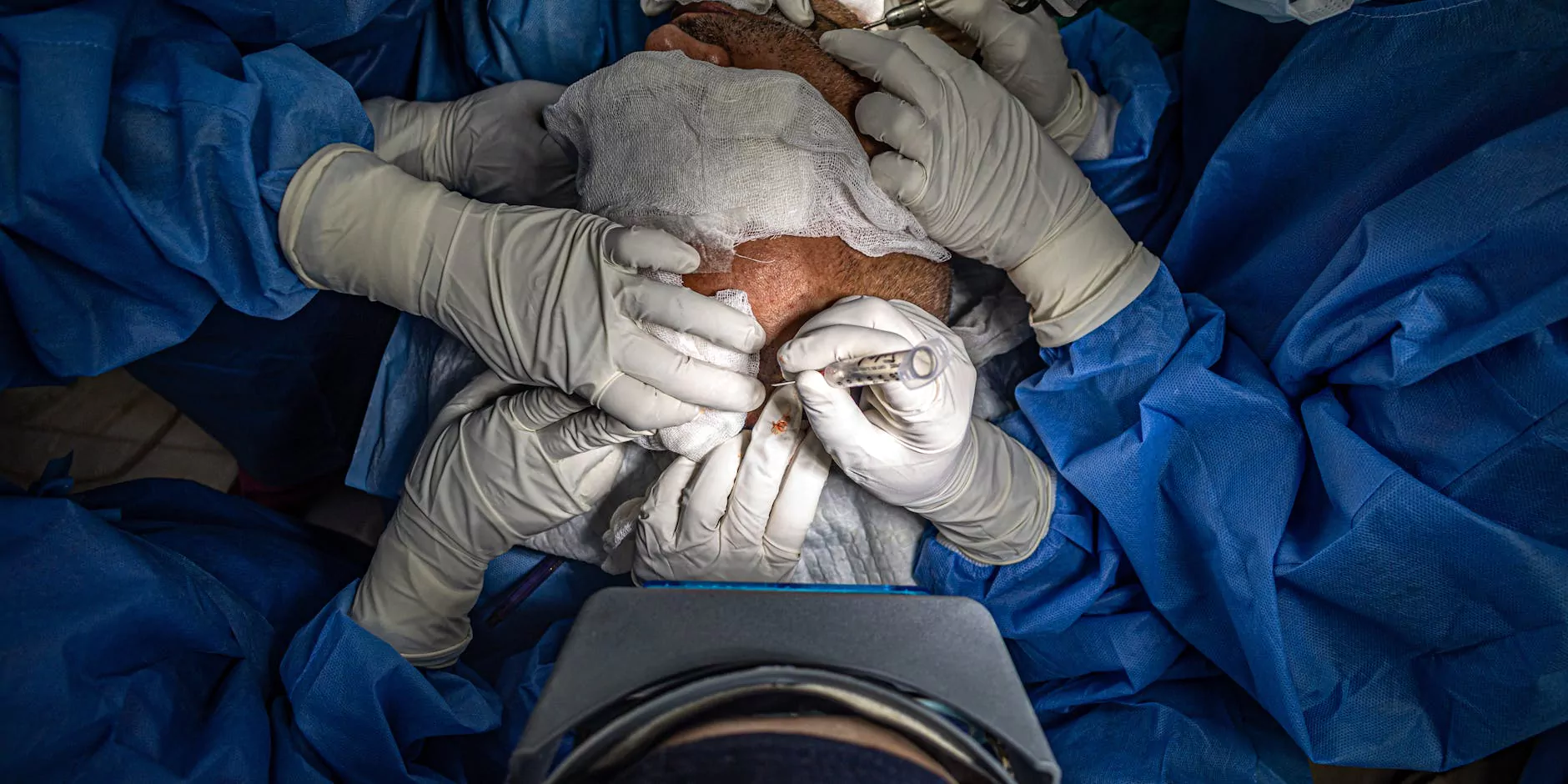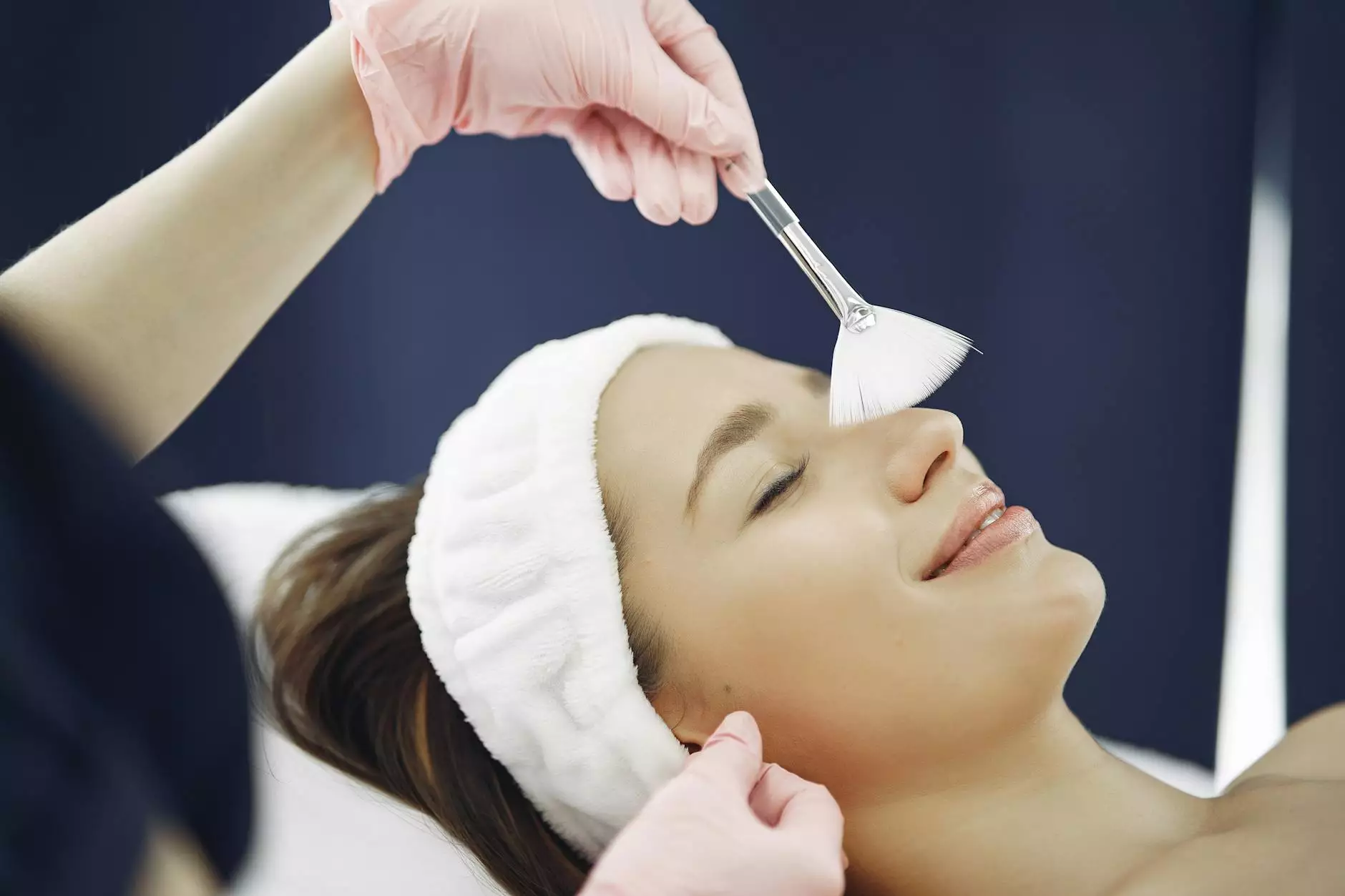Discharge Instructions for Patient with an External Fixator

Introduction
Welcome to Foley James D MD, your trusted source for comprehensive healthcare information. In this article, we will provide you with detailed discharge instructions for patients with an external fixator. If you or your loved one have undergone surgery and now have an external fixator to aid in the healing process, it's important to understand how to care for it properly during the recovery period. Our aim is to equip you with the knowledge and support you need to ensure a successful healing process.
Understanding External Fixators
An external fixator is a medical device used to stabilize and immobilize bone fractures. It consists of pins or wires that are inserted into the bone on either side of the fracture, along with an external frame that supports and holds the bones in place. This allows for proper alignment and healing of the fractured bone. External fixators are commonly used in cases where traditional casts or internal fixation methods are not feasible or effective.
Post-Surgical Care
After your surgery, it is crucial to follow the post-surgical care instructions provided by your healthcare professional. These instructions may include:
- Keeping the surgical site clean and dry to prevent infection
- Taking prescribed medications, such as antibiotics or pain relievers, as instructed
- Regularly inspecting the incision site for any signs of redness, swelling, or discharge
- Following a balanced diet rich in nutrients to support the healing process
- Engaging in gentle exercises or physical therapy as recommended by your healthcare professional to maintain joint flexibility
- Attending all scheduled follow-up appointments to monitor your progress
Wound Management
Proper management of the incision site and wound is essential to prevent complications and promote healing. Here are some important tips for wound care:
- Cleanse the wound gently with mild soap and water, or as advised by your healthcare provider
- Pat the area dry with a clean, soft towel or allow it to air dry
- Apply any prescribed antibiotic ointments or dressings to prevent infection
- Keep the wound covered with a sterile dressing to protect it from dirt and debris
- Change the dressing regularly, following the instructions provided by your healthcare professional
- Report any signs of infection, such as increased pain, persistent redness, swelling, or a foul odor, to your healthcare provider immediately
Mobility and Rehabilitation
While an external fixator is designed to immobilize the fractured bone, it's important to maintain mobility and engage in appropriate rehabilitation exercises to prevent muscle atrophy and promote joint function. Your healthcare provider may recommend certain activities, such as:
- Range of motion exercises to improve joint flexibility
- Strengthening exercises to rebuild muscle strength in the affected area
- Weight-bearing exercises, if permitted, to promote bone healing
It's crucial to follow your healthcare provider's guidance regarding mobility and rehabilitation, as improper or excessive movements may hinder the healing process.
Lifestyle Modifications
During your recovery period, it's important to make certain lifestyle modifications to ensure a smooth healing process:
- Avoid activities that could cause trauma or impact on the affected area
- Follow a balanced diet to support bone health and overall recovery
- Avoid smoking and excessive alcohol consumption, as they can hinder the healing process
- Practice stress management techniques to promote overall well-being and recovery
Conclusion
In conclusion, proper care and management of an external fixator are crucial in ensuring a successful healing process after surgery. By following the post-surgical care instructions, effectively managing the wound, engaging in appropriate mobility and rehabilitation exercises, and making necessary lifestyle modifications, you can aid in your own recovery and maximize the chances of a positive outcome. Remember to always consult with your healthcare provider for personalized guidance and support throughout your healing journey.



